Nasa's Australia rocket launch makes history
- Published
- comments
Watch Nasa’s ‘historic’ launch from outback Australia
US space agency Nasa made history on Sunday - launching a commercial rocket from a remote area of Australia for the first time.
The rocket is Nasa's first of three to blast off from the newly-constructed Arnhem Space Centre on the edge of the country's Northern Territory.
Scientists hope it will help them study how light from stars impact the chance of life on nearby planets.
Weather conditions delayed the launch for about an hour on Sunday as wind, rain and clouds arrived at the launch site.
Those who travelled to the remote site to watch the launch, saw the rocket blast off from the dusty red coloured ground, as it soared upwards for about 10 seconds, before disappearing out of view, exiting Earth's atmosphere.
"It was in the blink of an eye, but to me, it was like it was in slow motion because the whole area just lit up," Yirrkala School co-headteacher Merrkiyawuy Ganambarr-Stubbs said.
"It went up, and then the sound, it was just like a rumbling boom, like nothing I've ever heard. And I just shook with amazement."
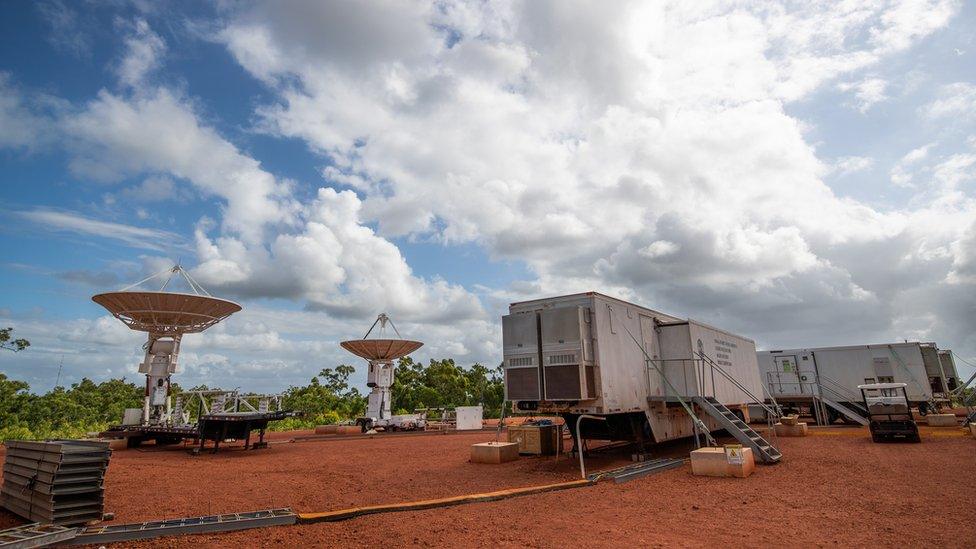
Nasa spoke with Aboriginal custodians of the land before the launch
Northern Territory Chief Minister Natasha Fyles hailed the launch as an "extremely proud" moment.
Arnhem Space Centre near Nhulunbuy in Australia's Northern Territory sits on the lands of the Gumatj Aboriginal people who had given their permission for the rocket launch.
"When we see the oldest living culture combining with the science of space, as we have here, it's something we can all reflect on and be very proud," the chief minister added.
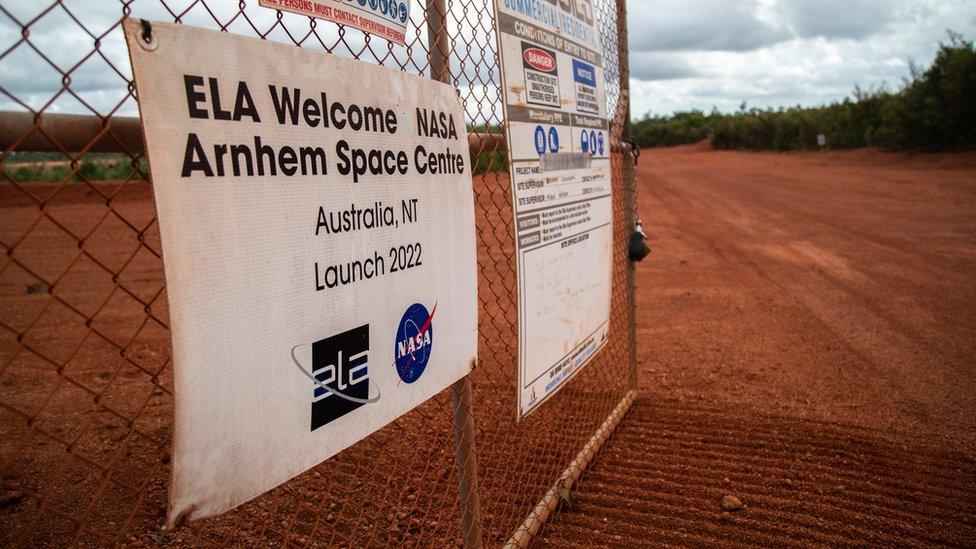
Nasa has promised to collect all material and debris from the rocket launch and return them to the US.
The next launch is expected to take place on 4 July.
It's hoped that data gathered from the mission will help explain the secrets of star constellations 430 million light years away.
"We have achieved a remarkable feat and made a huge mark in the history of Australia's journey in space," said Michael Jones, chief executive of Equatorial Launch Australia.
New Zealand rocket
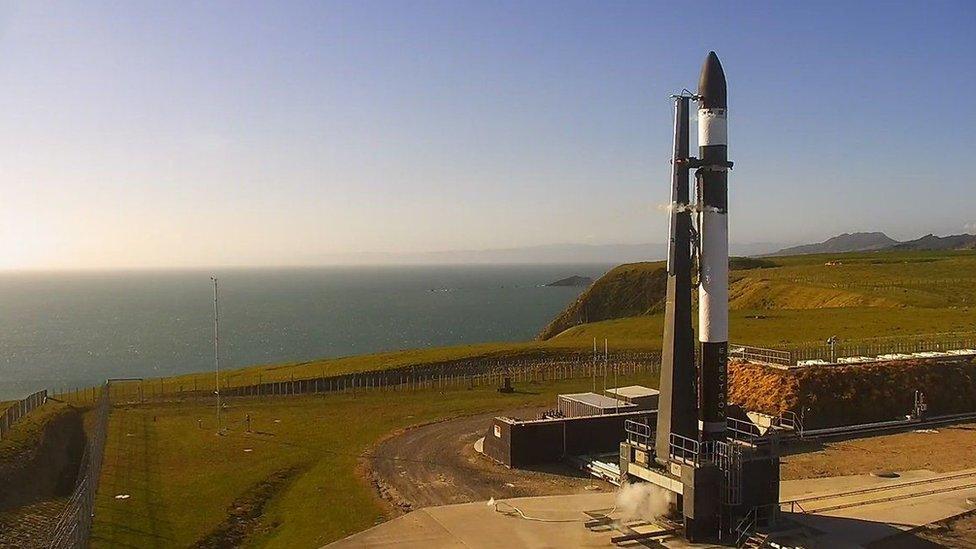
Meanwhile Nasa delayed a different mission launch that was due to blast off from New Zealand on Monday - sending a craft the size of a microwave oven to the Moon.
The next scheduled launch is Tuesday 28 June, but Nasa could launch the mission anytime before 27 July and still make sure the craft reaches the Moon on time by November 13.
The mission is called CAPSTONE or - to give it its full title - Cislunar Autonomous Positioning System Technology Operations and Navigation Experiment.
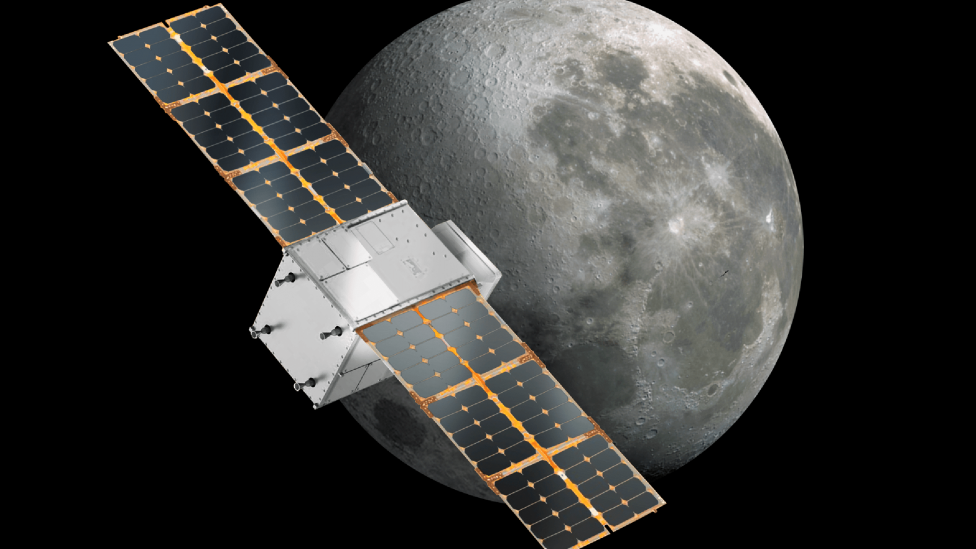
The CAPSTONE satellite is about the size of a mocrowave oven
The small craft which weighs 55-pounds (25 kilograms) is designed to test the orbit that astronauts will make during a planned return to the Moon later this decade.
The CAPSTONE mission has been repeatedly delayed since 2021, first due to pandemic-related issues and later because of more checks on the Rocket Lab's booster, the commercial space company responsible for the mission.
- Published5 May 2022
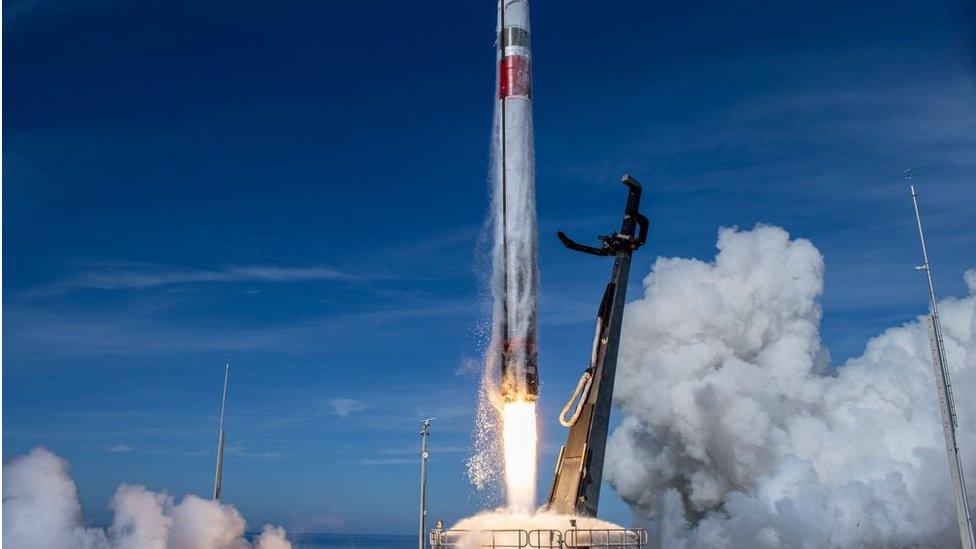
- Published10 April 2018

- Published12 May 2016

